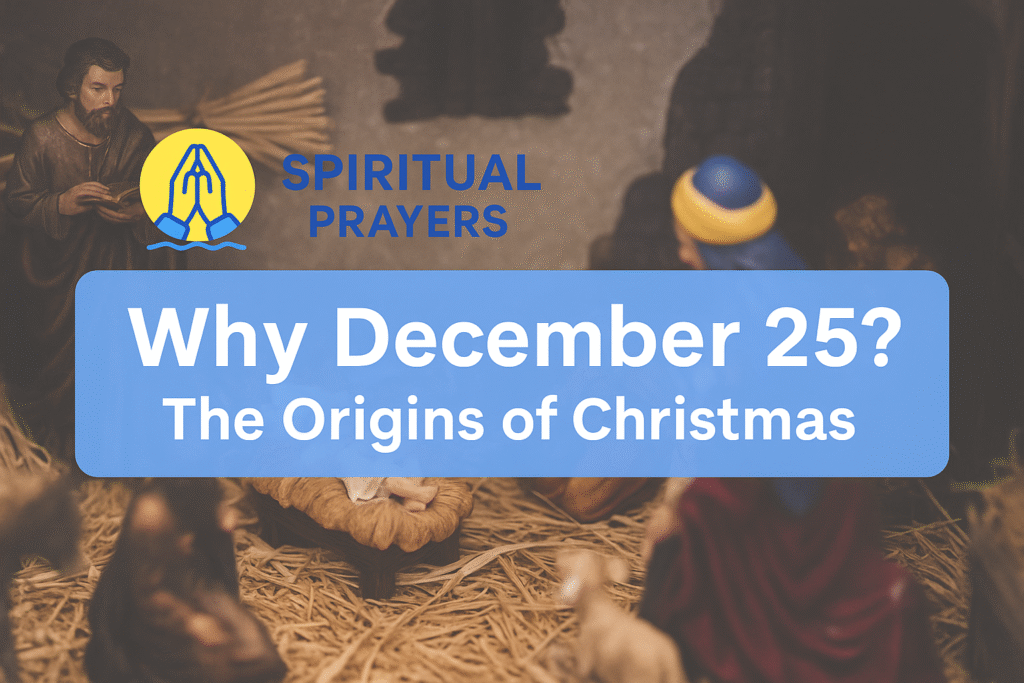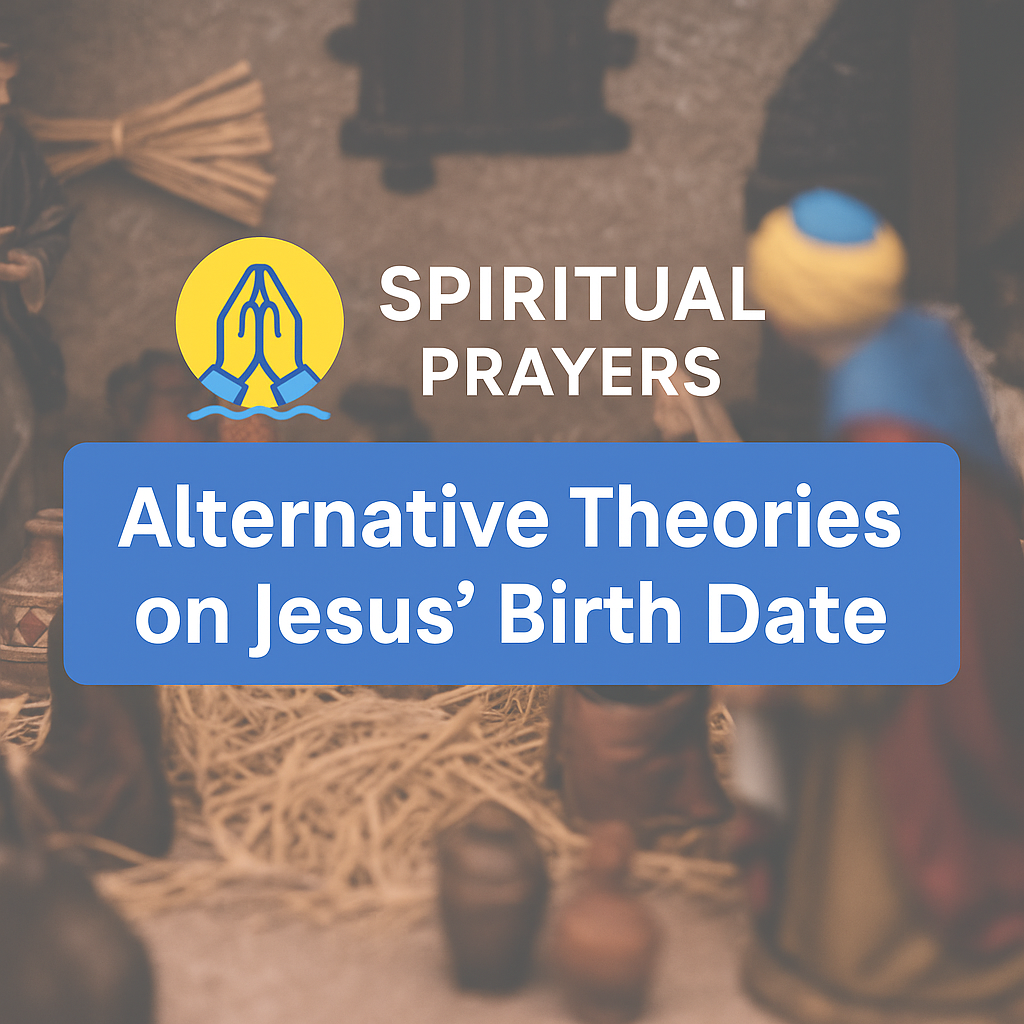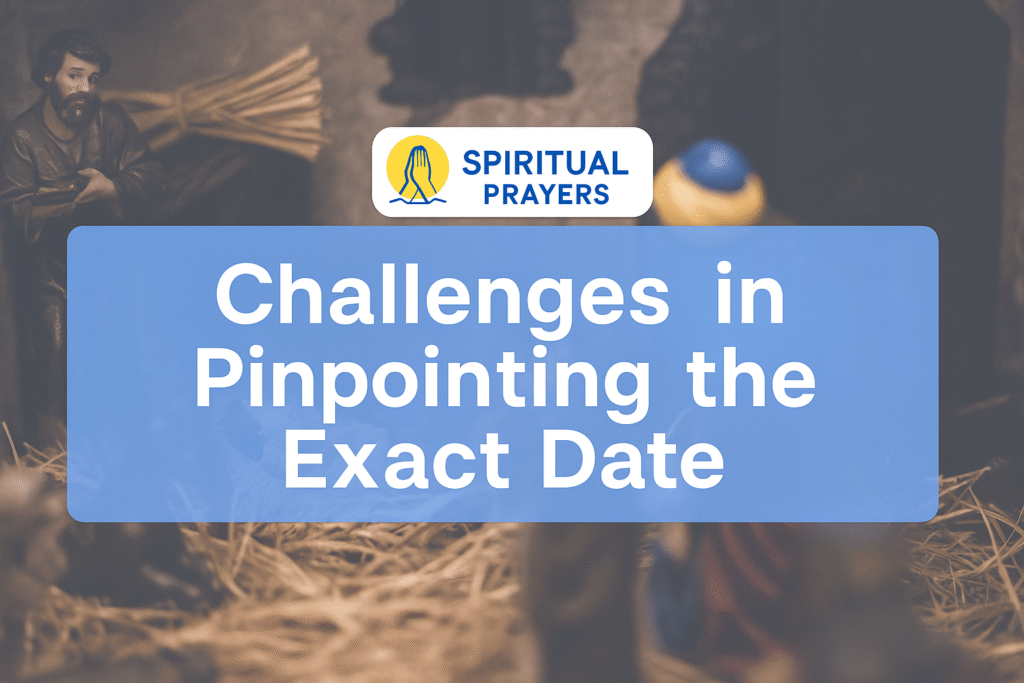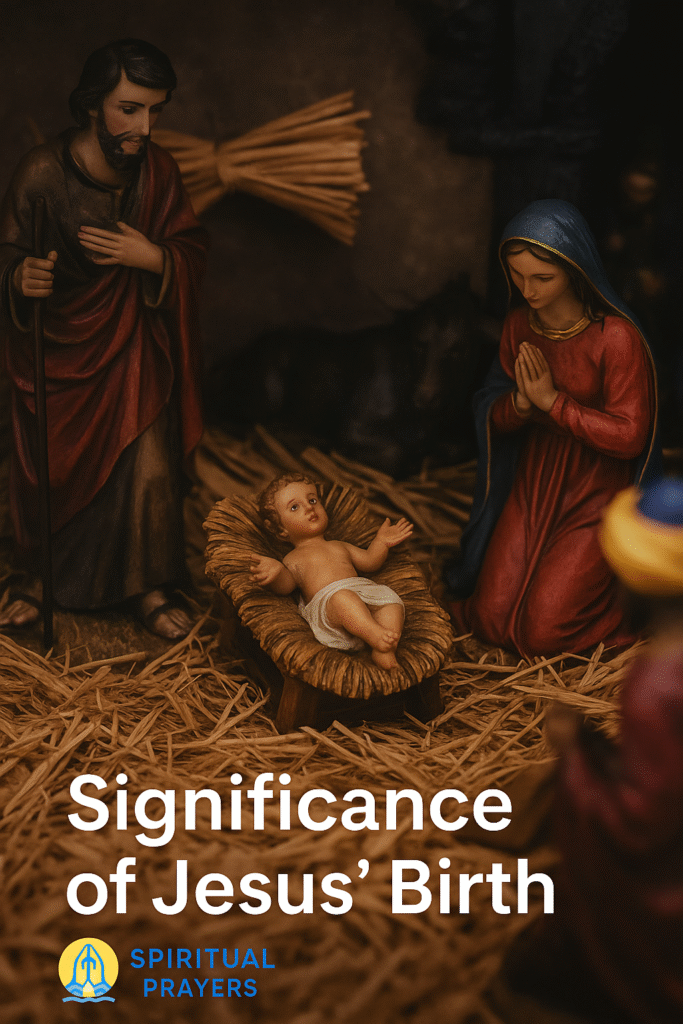
The question of when Jesus was born has fascinated scholars, theologians, and historians for centuries. While the traditional celebration of Christmas on December 25 is widely recognized, the exact date of Jesus’ birth remains a subject of debate. This article explores the historical, biblical, and cultural evidence to provide a comprehensive understanding of when Jesus Christ was likely born, delving into timelines, key figures, and significant events.
The Biblical Accounts of Jesus’ Birth
The primary sources for Jesus’ birth are the Gospels of Matthew and Luke in the New Testament. These texts provide critical clues but lack a specific date, leading to extensive analysis by scholars.
The Gospel of Luke: Census and Quirinius
Luke 2:1-7 describes a census ordered by Caesar Augustus, requiring Joseph and Mary to travel to Bethlehem. The census is associated with Quirinius, governor of Syria. Historical records indicate Quirinius conducted a census around 6-7 CE, which poses a challenge since other evidence suggests Jesus was born earlier. Some scholars propose Luke may refer to an earlier, undocumented census or that Quirinius held an administrative role before his governorship. This discrepancy fuels debate about the precise year of Jesus’ birth.
The Gospel of Matthew: Herod the Great
Matthew 2:1-16 places Jesus’ birth during the reign of Herod the Great, who died in 4 BCE. The account of Herod ordering the massacre of infants suggests Jesus was born shortly before Herod’s death, likely between 6 and 4 BCE. This timeline aligns with astronomical events and other historical markers, narrowing the window for Jesus’ birth.
The Star of Bethlehem
Matthew 2:2 mentions a star guiding the Magi to Jesus. Scholars hypothesize this could be a supernova, comet, or planetary conjunction. A notable conjunction of Jupiter and Saturn in 7 BCE, visible in the constellation Pisces, is a strong candidate, as it would have been significant to ancient astrologers. This astronomical event supports a birth date around 7-6 BCE.
Historical Context and Key Figures
Understanding the historical setting of Jesus’ birth provides additional clues. The Roman Empire, Jewish society, and regional politics shaped the events described in the Gospels.
Caesar Augustus and the Roman Empire
Caesar Augustus, ruling from 27 BCE to 14 CE, oversaw a period of relative peace known as the Pax Romana. His decree for a census, as mentioned in Luke, was part of efforts to organize the empire’s taxation and administration. While no universal census is recorded, local censuses were common, and one in Judea around 6-4 BCE is plausible.
Herod the Great’s Reign
Herod, appointed king of Judea by Rome, was a complex figure known for grand construction projects, like the Second Temple, and ruthless policies. His death in 4 BCE, confirmed by historian Josephus, is a critical anchor for dating Jesus’ birth. The Magi’s visit and Herod’s reaction suggest Jesus was born in the final years of Herod’s reign.
Jewish Expectations and Messianic Hope
In the first century BCE, Jewish communities anticipated a Messiah to deliver them from Roman oppression. Prophecies in Micah 5:2 and Isaiah 7:14 fueled expectations of a leader born in Bethlehem. This cultural context explains why the Gospels emphasize Jesus’ birthplace and lineage, connecting him to King David.
Why December 25? The Origins of Christmas

The choice of December 25 as Christmas has little to do with historical evidence and more with early Christian traditions and cultural influences.
Early Christian Traditions
The Bible does not specify Jesus’ birth date. By the third century, early Christians began celebrating Jesus’ birth on various dates, including January 6 and March 25. December 25 emerged in the fourth century, possibly to align with Roman festivals like Saturnalia or the winter solstice, facilitating the spread of Christianity in a pagan-dominated empire.
Influence of Roman Festivals
Saturnalia, a Roman festival from December 17-23, involved feasting and gift-giving, resembling modern Christmas traditions. The solstice, celebrated as the “Birthday of the Unconquered Sun” (Sol Invictus), occurred around December 25. Early church leaders may have chosen this date to Christianize these popular celebrations, emphasizing Jesus as the true “Light of the World.”
Alternative Theories on Jesus’ Birth Date

Scholars and theologians propose various dates for Jesus’ birth, based on biblical, historical, and astronomical evidence.
Spring or Fall Birth Theories
Some argue Jesus was born in spring (March-April) or fall (September-October), citing the presence of shepherds in the fields (Luke 2:8). In Judea, shepherds typically watched flocks at night during lambing seasons, which occur in spring or fall. The Feast of Tabernacles in September-October is also suggested, as it aligns with Jewish festivals and messianic symbolism.
Astronomical Evidence and the Magi
The Star of Bethlehem remains a focal point for dating. In addition to the 7 BCE Jupiter-Saturn conjunction, a supernova in 5 BCE, recorded in Chinese astronomical records, is another possibility. These events support a birth date between 7 and 5 BCE, though no single theory is definitive.
Challenges in Pinpointing the Exact Date

Determining Jesus’ birth date is complex due to inconsistencies in historical records, translation issues, and the symbolic nature of biblical texts.
Discrepancies in Historical Records
Roman and Jewish records from the period are incomplete, and the Gospels were written decades after Jesus’ birth, relying on oral traditions. The Quirinius census and Herod’s timeline create a chronological puzzle that scholars continue to debate.
Cultural and Symbolic Factors
The Gospels prioritize theological messages over precise chronology. For example, Matthew emphasizes Jesus as the fulfillment of prophecy, while Luke highlights his humble birth. These narrative goals may overshadow exact dates, complicating historical analysis.
Theological Significance of Jesus’ Birth

Beyond historical debates, Jesus’ birth holds profound meaning for Christians worldwide. The Incarnation—God becoming human—underscores themes of hope, redemption, and divine love. Whether born in December, spring, or fall, the event’s spiritual impact transcends precise dating, uniting believers in celebration.
Conclusion: When Was Jesus Born?
While the exact date of Jesus’ birth remains uncertain, evidence from the Gospels, historical records, and astronomical phenomena suggests he was likely born between 7 and 4 BCE, possibly in spring or fall. The choice of December 25 reflects early Christian efforts to align with Roman traditions, not historical accuracy. By examining biblical accounts, key figures like Herod and Quirinius, and cultural contexts, we gain a deeper appreciation for this pivotal event. The enduring significance of Jesus’ birth lies not in its precise date but in its transformative message for humanity.
Pingback: Matthew 16 -